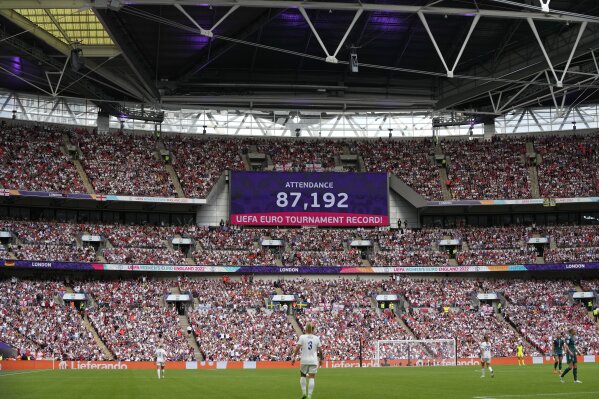The Women’s Europa Cup, which kicks off this week with the round of 16, represents a significant milestone in the growth of women’s football in Europe. Launched in December 2023, the competition seeks to expand European opportunities for clubs and contribute to the professionalization of the women’s game.
Although the Europa Cup may remain in the shadow of the more prestigious Women’s Champions League, it offers much-needed opportunities for teams from lower-ranked associations to compete on a continental stage. While only 18 clubs progress to the Champions League league phase, the Europa Cup includes 13 teams from lower-ranked European leagues and 31 teams that were eliminated in Champions League qualifying. This structure ensures that more clubs from a variety of countries can participate in European competition.
The competition features a two-legged knockout format leading to the final, which will take place across May and June next year. This new addition to UEFA’s women’s football calendar has already attracted a wide range of teams, from those new to European competition, like Inter Milan and PSV Eindhoven, to clubs with significant experience such as Eintracht Frankfurt and Ajax.
UEFA’s decision to launch the Europa Cup also includes a revamped financial model, allocating €5.6 million for the first two editions, with this figure increasing in subsequent years. Teams are awarded incremental sums as they progress, with the winner receiving €80,000 and an automatic spot in the third qualifying round of the following season’s Champions League.
However, the competition faces challenges, including a lack of centralized broadcasting and commercial deals, which means clubs are responsible for distributing their own matches. Additionally, the timing of the Europa Cup’s matches, which overlap with the Champions League, may impact its visibility and media attention.
Despite these hurdles, the Women’s Europa Cup creates a crucial platform for clubs to compete at a higher level, helping to close the gap between top-tier and emerging teams in women’s football. It is a step towards building a more inclusive and competitive European football pyramid, offering clubs a chance to develop and gain exposure on the continental stage.

